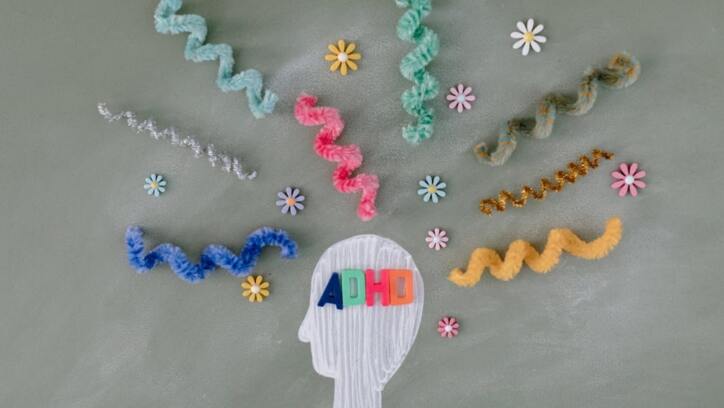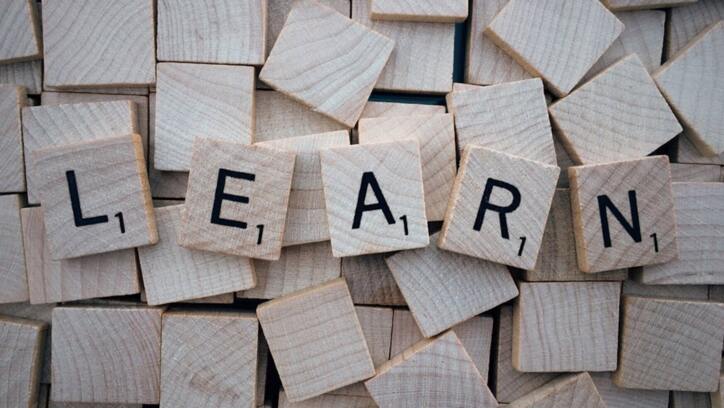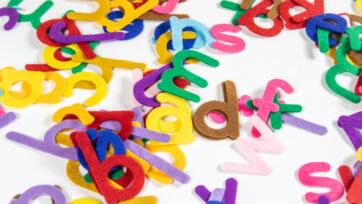Introduction
Rides in a car offer the best chance to strengthen relationships as you enjoy shared activities. Both radio and car quietness can become tiresome during normal driving trips and vacation outings. Estimate your passengers' attention with short mental challenge games. Everyone from children to adults can tackle these brain games, which let people think together as they work to solve them. Since they need no special preparation, they serve perfectly for quick travel ideas.
1. Riddles for the Whole Family
Brain riddles offer an excellent solution to keep your brain active during road trips. Puzzles are easy yet need innovative answers. The typical question demonstrates this trend as people grow from being tall during youth to shorter in senior years. What am I?" The answer: a candle. Family members team up to solve riddles as everyone shares possible answers during these activities. The entertaining puzzles build problem-solving abilities and fit perfectly into trips with kids or anyone.
2. Word Association Game
A word association game provides an enjoyable brain puzzle during your car rides. Each participant starts by stating a word, and players must respond with the first idea that pops into their minds. When a player names "apple", the others must react with "fruit", then the group can answer with "banana." When participants go quickly from one response to the next, the word association activity creates excitement that moves quickly. All participants enjoy themselves and laughter breaks out easily because of this game.
3. 20 Questions Game
This easy-to-play quiz demands no preparation and matches perfectly with car trips. The players must guess the item one player selects while the asker uses no more than twenty yes-or-no questions to guide them toward the right answer. Welcome your travellers to suggest if their ideas can be eaten. or "Is it found indoors?" You must select questions that narrow options rapidly to succeed in this game. You can use it to sharpen your logical thinking and spend multiple hours playing happily.
4. "I Spy" Game
Since “I Spy” demands no preparation, it works wonderfully during automobile travels. The first person initiates by stating, "I spy with my small eye something that is." The player who starts measures the activity by explaining what they see outside before or inside the vehicle. Everyone tries to guess the object from the descriptions provided by the first participant. Looking at details through the game develops strong perception skills. To keep the game stimulating the players can use different options like searching for objects that make noise.
5. The Alphabet Game
During your car travel, play a creative game where you find objects that match each letter. Everyone looks for specific items near the vehicle, starting with all letters from A through Z. At the beginning of the game, locate an apple orchard as your A-hunt subject, while street signs with bills stand out for B-search. The person who locates a letter item from A to Z first wins the game. This game builds fast thinking ability and sight recognition when you use your road trips.
6. The Logic Puzzle Challenge
People who think logically find car ride activities with logic puzzles enjoyable and beneficial. A starting puzzle could be to test burning two ropes that need one hour each to burn fully. Neither rope burns steadily throughout the burning process. You need these ropes to determine 45 minutes. To solve this problem, light one end of each rope simultaneously. Learning logic through puzzles works the brain and helps develop problem-solving skills during car trips.
7. Word Scramble Challenge
Word scrambles provide an enjoyable and brain-stimulating activity during car journeys. Participants must solve jumbled letters for this challenge to reveal the correct word. To find the proper word, you must unscathed CITAN, which becomes ACTING. The game becomes harder when you select words that are longer and harder to figure out. Word scrambling builds quick thinking skills and expands your vocabulary and spelling ability when you need mental exercise on road trips.
8. Math Challenges for Everyone
Although math challenges feel intense, people find them both fun and productive on their drive. Do basic arithmetic when solving the equation 30 divided by two plus five, proving a test that people can solve expeditiously. Practice arithmetic and algebra problems that need several steps to solve. Challenges with math problems train your problem-solving skills and keep you focused on numbers and reasoning, which provides mental exercises.
9. "Would You Rather?" Questions
To play a quick and fun game without preparation, try Would You Rather? The activity lets players choose between two separate fictional scenarios to answer questions. Players can choose between flying capabilities or becoming invisible. Players must select an option due to its importance and include their reasoning. Detailed thought processes come into play when players answer mind-bending questions and start insightful and funny discussions. This activity works well when travelling in a vehicle for extended periods.
10. Guess the Song Game
Music fans will enjoy playing the Guess the Song quiz because it offers an exciting audio-based challenge. The leader plays a sound clip for other players trying to discover the song's name. Players could compete better by selecting songs from a single era or music style in the game. This memory check challenges you to identify songs from playback and develops intense team rivalry when several players join in.

11. Rhyming Riddles
Rhyming riddles bring entertainment to traditional riddle puzzles. I represent places without buildings or woodlands while holding flowing watercourses. People have to guess whether I am a map. What am I?" The answer is "a map." Brain teasers of this type demand mental creativity and wordsmith abilities. Playing with a team brings even greater fun to solving these puzzles. People can adjust these games to match the skills and age of different players.
12. The "Who Am I?" Game
The "Who Am I?" game is played during vehicle trips. Players match their answers to descriptions without needing to set up. A group tries to discover what one person has selected from famous people, places, or things by listening to their clues. My movie career made me a well-known actor, appearing in Titanic. The correct person is Leonardo DiCaprio. People improve their cultural knowledge and logical skills by trying to guess characters through this game during travel time.
13. Pictionary (Air Drawing Edition)
While Pictionary demands pen and paper as normal, it functions well during car trips when players draw with their hands instead. Participants must determine hand gestures instead of drawing on paper when someone describes images in the air. The game uses basic thing categories or difficult abstract drawings as choices to guess. This version of Pictionary lets the entire group observe and respond to simple gestures to see who writes and speaks best through visual drawings.
14. Story-Building Game
Through a story-building game, travellers can enjoy entertainment with zero prep. The game begins when one player delivers a storyline introduction that two or more others continue to advance. At the start, a dragon lived who enjoyed singing. Because the dragon sang excessively, the whole village became frightened. Everyone in the car experiences entertaining and creative results as participants build their stories together during this collaborative quiz activity.
15. The "What Am I?" Quiz
In the "What Am I?" During this game, one person decides on an object and provides single hints to help others identify it. You can eat me and normally find me yellow in my bunch form. Banana is the correct response. You can tailor this quiz to include categories matching food, animal or household subjects. People must draw on their understanding of daily life and mental skills to determine the object.
Conclusion
Car trips become entertaining brain challenges that stimulate your thinking process. People will enjoy these tests as they engage their minds in different types of puzzles and games which reduces the perception of travel time. Our list of 15 quick brain-teaser quizzes provides helpful entertainment for any group of passengers. You can use these quizzes without preparation and have instant entertainment during any drive.









